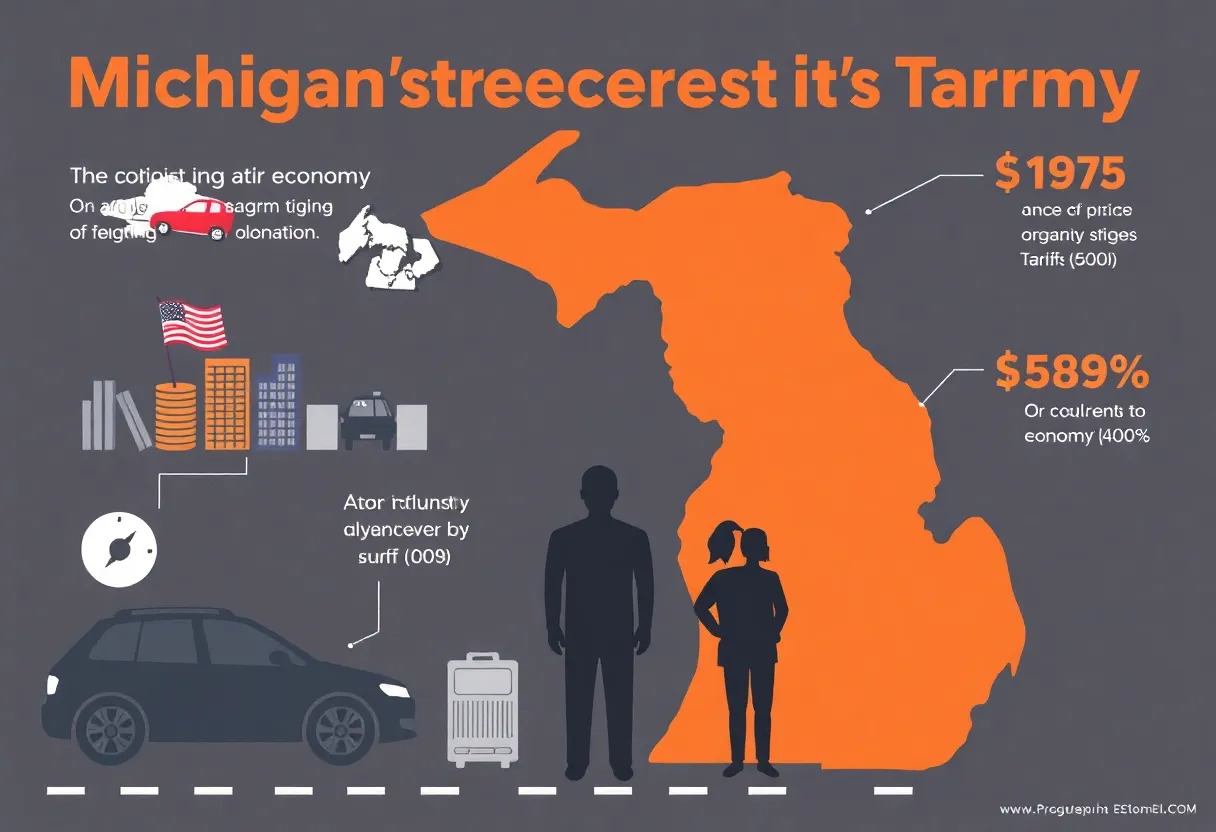News Summary
Voice search technology is rapidly transforming online shopping by providing a hands-free, convenient way for consumers to make purchases. With millions of users embracing voice commands, retailers are revamping their platforms to accommodate this trend. By analyzing user intent through advanced algorithms, voice search enhances personalization, leading to increased sales and improved customer engagement. Despite challenges like understanding complex queries and privacy concerns, the future of voice commerce looks promising, with significant growth projected over the coming years.
The Rise of Voice Search Technology in Online Shopping
Imagine standing in your kitchen, hands covered in flour, when suddenly you decide you need some new kitchen gadgets. Instead of wiping your hands on your apron and typing on your phone, you simply say, “Alexa, add a blender to my cart.” Just like that, you’re one step closer to upgrading your cooking game without lifting a finger! This charming scenario is becoming the everyday reality of millions of shoppers, thanks to the rapid rise of voice search technology.
Voice Search: A Game Changer for Shopping
According to recent reports, around 142 million users have embraced voice search technology, and a whopping 50% of the U.S. population is now using it daily. But what exactly does that mean for shopping? Well, an impressive 33.2 million consumers in the U.S. have already made purchases through voice commands. This trend is reshaping how we think about online shopping, making it more accessible and even more fun!
Making Life Easier, One Command at a Time
Voice search provides a unique advantage by eliminating the need for typing. You can ask questions and place orders while multitasking. The tech behind this magic is called automatic speech recognition (ASR), which translates your words into text. The results are presented in a user-friendly way, making it feel like you’re having a casual chat rather than navigating a complicated website.
Algorithms are Adapting
Of course, for this technology to work well, search engines need to be pretty smart. They have to adjust their algorithms to truly understand your context and intent when making voice queries. This is where Natural Language Processing (NLP) comes into play. It helps analyze and personalize search results based on what you like and what you’ve done before. It’s like having your very own shopping assistant who knows exactly what you want!
Sensing Feelings and Increasing Sales
What’s even cooler is that voice search also enhances personalization through sentiment analysis. It can gauge how you—yes, you!—feel about certain products, helping retailers tailor their offerings to meet your needs. For businesses, this means more customer engagement, less cart abandonment, and quicker transactions. Everybody wins!
Challenges Ahead
However, it’s not all sunshine and rainbows. Voice search technology still faces some challenges. Complex queries and diverse accents can cause inaccuracies, though the accuracy rate currently stands impressively at about 93.7%. Additionally, privacy remains a crucial concern, as many consumers worry about how their data and personal conversations might be misused.
Retailers are Adapting
Retailers are actively redesigning their digital platforms to accommodate voice search. This involves creating concise product descriptions and ensuring easy navigation. Major players in the industry are already reaping the benefits. For instance, Amazon leads the charge with its integrations through Alexa, allowing users to re-order beloved products and check their order status effortlessly. Walmart has teamed up with Google Assistant to make adding items to carts a breeze, while Home Depot’s voice-activated shopping assistant mimics the interaction you’d expect with a savvy store employee.
A Bright Future for Voice Commerce
Looking ahead, the opportunities are enormous. Voice commerce sales are predicted to soar from $4.6 billion in 2021 to an astounding $164 billion by 2025, signifying a significant shift in consumer behavior and adoption. As technology evolves, expectations for voice recognition accuracy and capabilities will only improve.
Welcome to the Voice-First Shopping Experience!
The future may lead us to voice-first shopping platforms, completely transforming how we shop online. Brands that recognize this shift early are likely to enhance user engagement and improve customer satisfaction. After all, who wouldn’t want the ease and enjoyment of just speaking their desires into existence?
So, whether it’s asking for a last-minute gift, a new gadget for your home, or even tips on the best skincare products, the world of voice search is here to stay. It offers a glimpse into a more personalized, intuitive, and connected shopping experience tailored just for you!
Deeper Dive: News & Info About This Topic
HERE Resources
Lawsuit Challenges Northville Downs Redevelopment Project
Gas Leak Disrupts Voting in Northville
Northville Residents Sue City Over Environmental Concerns
Exploring the World of Social Media Management
Revealing the Top Beauty Influencer Marketing Agencies for 2025
Exciting Future Ahead: Top Digital Marketing Trends for 2025
The Future of Ecommerce: A New Era by 2025
The Future of AI in Marketing and Search Strategies
The Shift in Beauty Marketing: Adapting to the Digital Age
Michigan to Offer Free Tuition from Preschool to Community College
Additional Resources
- Netguru Blog
- Wikipedia: Voice Search
- Shopify Blog
- Google Search: Voice Search Technology
- Statista
- Encyclopedia Britannica: Voice Assistant
- Forbes: Voice Search and E-commerce
- Google News: Voice Commerce







